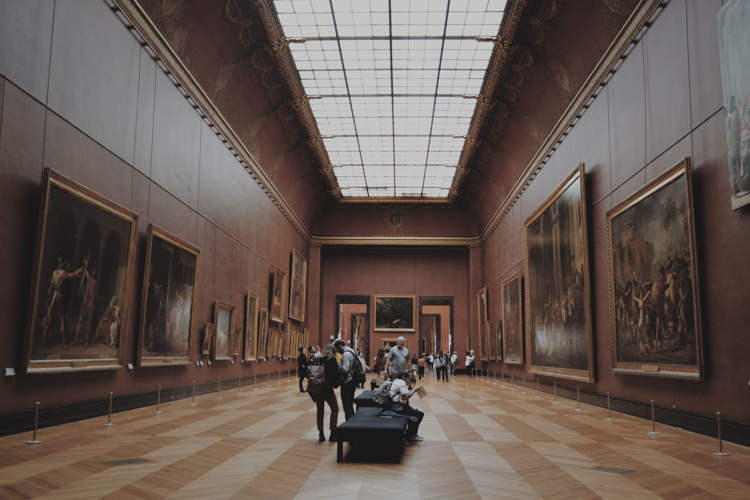A German museum employee was recently arrested for reportedly swapping several paintings with fake copies and selling the originals to fund a lavish lifestyle.
Due to Germany’s strict privacy laws, the identity of the 30-year-old former employee of the Deutsches Museum in Munich has not been disclosed to the public, but it has been reported that he admitted to replacing at least four paintings with copies in the period that he worked there (2016 – 2018). He allegedly sold the works of art at several auctions, using the money to pay off debts and then buy luxury goods, including a Rolls-Royce and expensive wristwatches. The auction house involved in the sale of three of the stolen paintings said that it “simply wasn’t possible to identify them as stolen property,” adding that it collaborated with authorities during the investigation.

“The defendant shamelessly exploited the opportunity to access the storage rooms … and sold valuable cultural assets in order to secure a high standard of living for himself and to show off,” the court heard from prosecutors.
The unnamed museum employee stole “Das Märchen vom Froschkönig” (The Tale of the Frog Prince) by Franz von Stuck, replaced it with a fake, and put the original up for auction. he told the auction house that the artwork had belonged to his grandparents or great-grandparents, and managed to earn almost 50,000 euros ($52,000) in cash, after the auction fees were deducted.
He subsequently swapped “Die Weinprüfung” (The Wine Test) by Eduard von Grützner and “Zwei Mädchen beim Holzsammeln im Gebirge” (Two Girls Collecting Wood in the Mountains) by Franz von Defregger and sold them at the same auction house, earning tens of thousands of euros. He also stole “Dirndl” by Franz von Defregger, and tried selling it through a different Munich auction house, but it did not sell.
In the end, the 30-year-old man managed to avoid prison time, but was handed a 21-month suspended sentence and ordered to pay back the museum more than $64,000. In its ruling, the court argued that it had taken into account the man’s confession and the fact that he showed ‘genuine remorse’.
“He said he acted without thinking,” the court ruling read. “He can no longer explain his behavior today.”
The employee’s thefts were discovered when a provenance researcher noticed that Das Märchen vom Froschkönig was “quite a clumsy copy,” despite being in the right frame, which suggested that someone had swapped it with a copy. Further investigation of the museum’s storage depots resulted in the discovery of the three other missing paintings.
“Our staff are all very reliable, but there is not much you can do if one employee harbors criminal energy. He had no previous record and there was no way of knowing he was capable of this when we hired him,” a spokesperson for the Deutsches Museum said.






